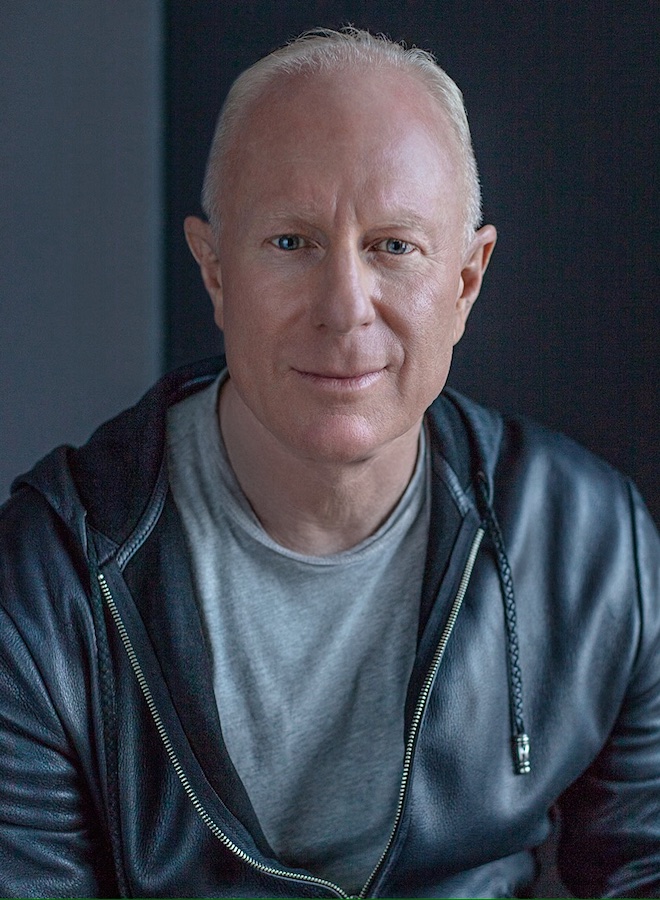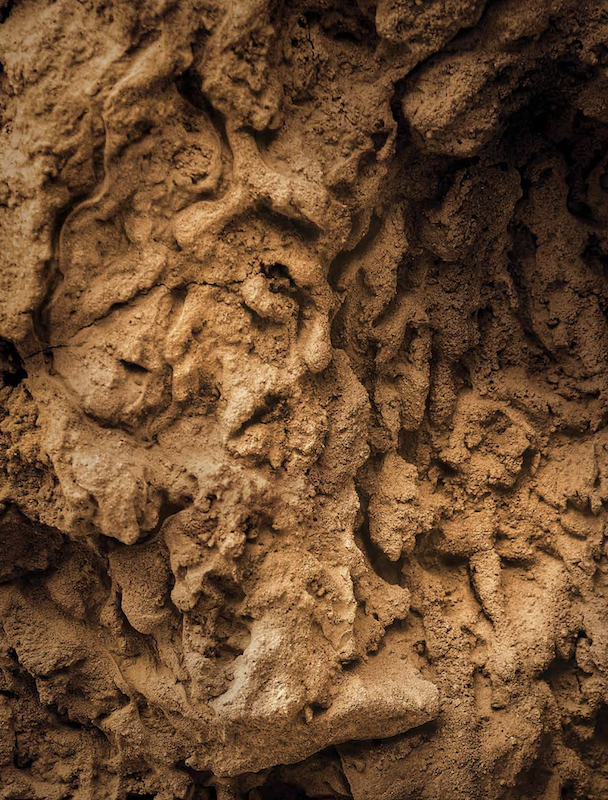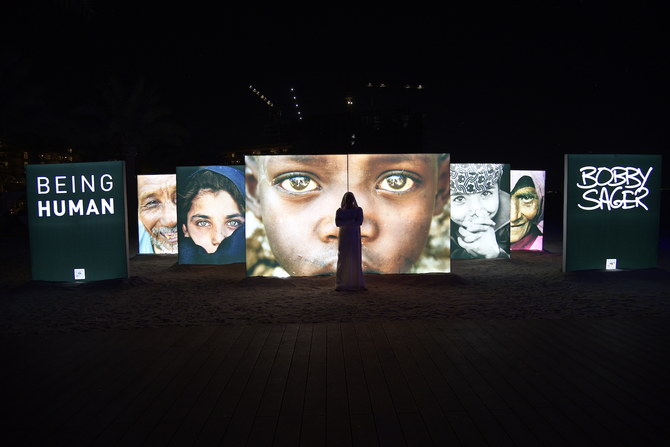DUBAI: Two years ago, American portrait photographer Bobby Sager came to the sandy-toned, historical center of Diriyah, Riyadh, for a project. He was scheduled to stay for just a few days, but it didn’t work out that way.
“I didn’t (initially) want to go to Saudi Arabia,” Sager tells Arab News from his base in Boston. “This isn’t the kind of thing I do — shooting an architectural wonder. But they convinced me to come for five days. I stayed for 72. And I’ve been back twice since.”
Sager took hundreds of arresting cityscape and close-up shots of what was the Kingdom’s first capital, the centuries-old home of the Al-Saud family. Those pictures have been compiled in a large coffee-table book published by Rizzoli, entitled “Diriyah: Face to Face.”

American portrait photographer Bobby Sager came to the sandy-toned, historical center of Diriyah, Riyadh, for a project. (Supplied)
“I describe it in the book as an intimate portrait of an epic place,” Sager says. “The thing that intrigued me was the intimacy that I felt in this extraordinary place. During those 72 days that I spent there, staring at walls or finding myself down some little alleyway, I was feeling the lives that have been lived there.” Sager was interested in attempting to capture the stories within the walls, as opposed to just their outer surfaces.
He documented nooks and crannies, from dimly lit stairways to geometrically shaped windows and abstract ‘faces’ found on the wrinkly mud walls. For Sager, the project was all about looking closely at details.
“It’s a beautiful place to photograph,” he says. “But my inspiration — and the reason I’ve spent so much time on it — is the challenge of finding ways to convey the humanity of the place.”
Over the past two decades, Sager has traveled to various conflict zones, including Afghanistan, Palestine and Rwanda, encountering people from all walks of life and taking their portraits with a particular focus on their eyes.
“Cameras allow me to connect with people. It’s a way of engaging and being more present,” he said. “Whether it’s images that are taken in different difficult places around the world or the Diriyah images, it’s basically a search for humanity.”
‘Being Human’

This is an exhibition that I did with the Global Citizen Forum in Ras Al-Khaimah in the UAE in 2023. This is the kind of photography that I usually do. The title of this exhibition was “Being Human,” because it’s a conversation about our common humanity. A lot of what I write about in “Diriyah: Face to Face” is the same thing. I don’t usually do things like the Diriyah project, but the common thread between the book and the portraits that I usually take is the humanity that I see.
‘Greenery’

I wanted to take this shot this way because I wanted to show the trees that were next to the buildings. The reason that Diriyah was founded in the first place was because of the wadis there. I write in the book that “the founders of Diriyah used their ability, the meager resources of the desert, and their profound connection to the natural world to conjure a city using the earth itself. With life-giving water and desert sand, they created a community that became the seed of a nation.”
‘Kissing Face’

This is a close-up of the mud ‘faces’ in Diriyah, which are actually really small. It’s part of a whole conversation, which is: “Are you willing to commit the time and be present enough to really take a closer look, in a literal and figurative sense?” The faces aren’t like ghosts — they are meant to remind us that real people lived there. You can’t have Diriyah without having a community. At the bottom right, there is the profile of a beautiful woman. You can see her chin, her mouth, her nose, and she is kissing a man, who is looking straight ahead. This is actually an interaction between two mud faces. Above those two, in the upper left, there is an old man with an open mouth and bags under his eyes. He’s looking down at them disapprovingly, like he’s angry because they’re kissing.
‘Shadows’

This landscape was largely built 300 years ago, which is a source of national pride, even identity, for Saudis. This image is very moody because of the shadows. There’s also an idea of time passing. All light is special, but what I found special in Diriyah was looking at the same ‘face’ in the mud at sunrise, high noon and sunset — over the course of 24 hours — and seeing how it would be changed by the light.
‘Window’

This is just a beautiful shot. I wanted people to feel that people were living there. They use triangular windows in their detailed architecture. I could really feel the ingenuity of the people that made these shapes. I shot it this way because it almost felt like there was somebody home, as it’s night time and there’s a light on in the house.
‘Sentinel’

This powerful mud face is so dramatically different than the other ones I saw. They’re usually small, like I said, but this angry-looking mud face is probably somewhere around 15 meters high.
‘Stairway’

I really like this image of the stairway; it’s meant to lead you into the book. In order to get this shot I had to climb up high.



















